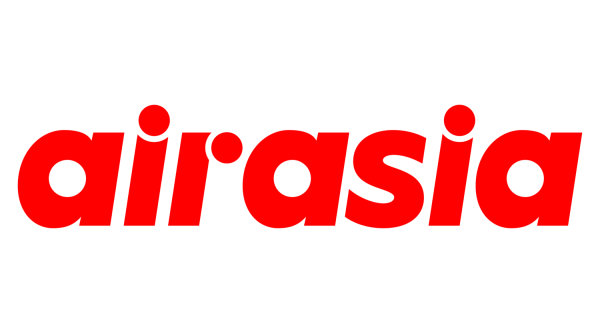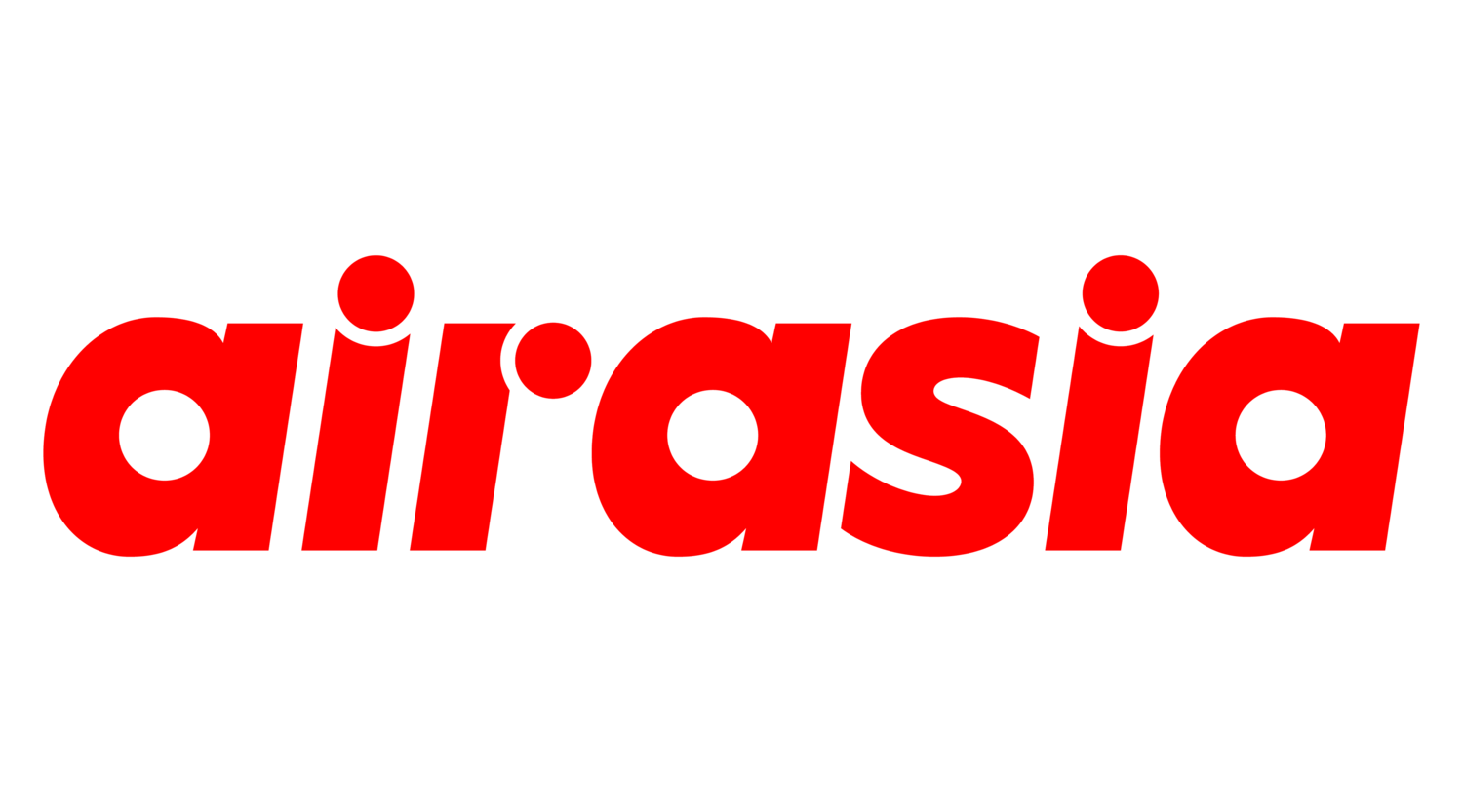SEPANG, Malaysia, 23 November 2021: AirAsia Group reported its financial results for the quarter ended 30 September 2021, showing the group posted 3Q2021 revenue of MYR296 million, lower by 37% year-on-year and 20% quarter-on-quarter.
Aviation revenue declined 70% year-on-year and 37% quarter-on-quarter as travel demand was constrained by limited available flights caused by the lockdown imposed in Malaysia since January 2021.

Digital businesses reported stronger revenue, up 141% YoY led by contributions from Teleport, which tripled its revenue YoY driven by strategic growth in its cargo network.
EBITDA loss was MYR281 million for the quarter, which narrowed by 38% YoY. Fixed costs were reduced by 23% YoY, primarily attributed to lower staff costs and lower other operating expenses.
The group ended the quarter with an improved cash position of MYR401 million due to cash proceeds from Fly Leasing, funds from the convertible loan note into BigPay and tight ongoing control of costs. Net operating cash flow burn was lower YoY, averaging MYR68 million per month in 3Q2021.
The AirAsia Super App reported 7% YoY revenue growth, attributed to new product offerings and commissions. BigPay posted significant growth in revenue, up 26% YoY driven by payments and remittances. Teleport’s revenue tripled YoY due to the strategic growth of its cargo network to establish its presence in the market.
The group posted a 3Q2021 net loss before tax of MYR1.11 billion, which narrowed by 4% YoY. Active capacity management and concentration on flying the most profitable routes as well as lease restructuring, asset optimisation, targeted cost control, and the absence of any fuel swap loss resulted in a 65% reduction in aviation operating expenses YoY. Overall, the loss was attributed to a shortfall in revenue and a foreign exchange loss of MYR217 million in comparison to a foreign exchange gain of MYR44 million in 3Q2020.
Operating Performance
AirAsia Philippines outperformed AirAsia’s other airline entities during the third quarter of 2021, reporting stronger YoY and QoQ key operational metrics. AirAsia Philippines demonstrated a strong performance in 3Q2021, posting 167% growth in the number of passengers carried YoY and a 5% increase QoQ. Load factor was healthy at 77%, attributed to active capacity management.
Revenue per ASK (“RASK”) for the Consolidated Group improved by 48% YoY to 21.83 sen during the quarter, while load factor was firm at 67%, 1 ppt higher YoY, supported by active capacity management.
Cost Performance
Airline operating expenses for 3Q2021 were reduced by 65% YoY, while fixed costs were efficiently reduced by 23% YoY and 15% QoQ. Airline staff costs declined the most by 38% YoY and 4% QoQ, contributed by headcount rationalisation, salary cuts and natural attrition. Other operating expenses were reduced by 11% YoY and 33% QoQ due to strict cost control measures implemented for marketing, rental and IT spending.
AirAsia Aviation Group CEO Bo Lingam made the following observations on airline performance results and outlook.
“Load factor for the group remains healthy in 3Q2021 at 67%, up one ppt attributed to active capacity management to match demand. Growth during the quarter was driven by AirAsia Philippines, which grew its passengers by 167% YoY and pushed the load factor up to 77%.
“AirAsia Malaysia, AirAsia Indonesia and AirAsia Thailand experienced subdued momentum QoQ due to limited operations as travel was restricted for the most part of the quarter. Nonetheless, in a month-on-month (MoM) breakdown, AirAsia Malaysia more than doubled the number of passengers carried in September as compared to August, which resulted in a 13 percentage point (“ppt”) higher load factor improvement.
The encouraging growth was primarily driven by the opening of the Langkawi travel bubble on 16 September. Since then, we have observed a continuous improvement in bookings, as travel demand gradually recovers following the authorisation of nationwide interstate and some limited international travel, from 11 October onwards.
“Aside from Malaysia, recent positive developments for air travel across Thailand, Indonesia and the Philippines have contributed to a significant increase in seats sold for immediate and near-term travel, in line with our expectation of stronger bookings for spontaneous travel due to pent-up demand. The upcoming year-end holiday season will further spur air travel demand, especially in the visiting friends and relatives (VFR) as well as the leisure and spontaneous travel markets. We expect to see a continuation of this upward trend throughout 4Q and well into 2022 as global travel restrictions continue to ease. Our aim is to fly 60% of our pre-Covid domestic flight capacity by December 2021.
“We continued to improve our cost base through stringent cost-containment measures. Our 3Q2021 fixed costs reduced 23% YoY, as airline staff costs were down 38% YoY due to headcount rationalisation & attrition. Other operating expenses were reduced by 11% YoY and another 33% QoQ due to strict cost control measures implemented for marketing, rental and IT spending. We have been reporting a zero fuel swap loss since 2Q2021.
“Many countries have started to reopen and allow vaccinated travellers in. Most recently, the governments of Malaysia and Singapore announced the commencement of the Vaccinated Travel Lane (VTL), which paves the way for a gradual flight resumption between these two countries. We look forward to kick-starting our Kuala Lumpur-Singapore flights at the end of this month, and we are hopeful of the establishment of similar initiatives in other key markets in the near future.







